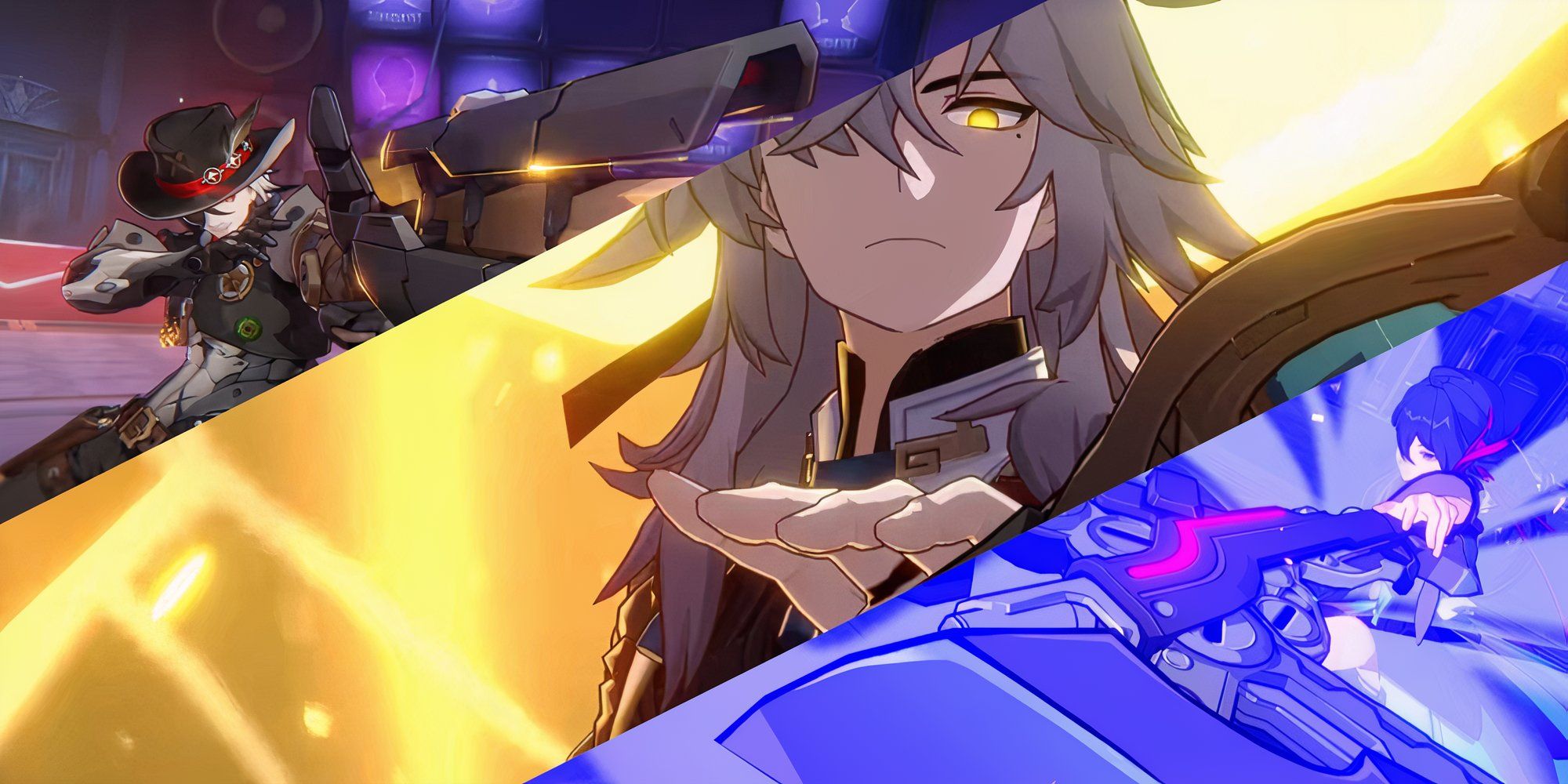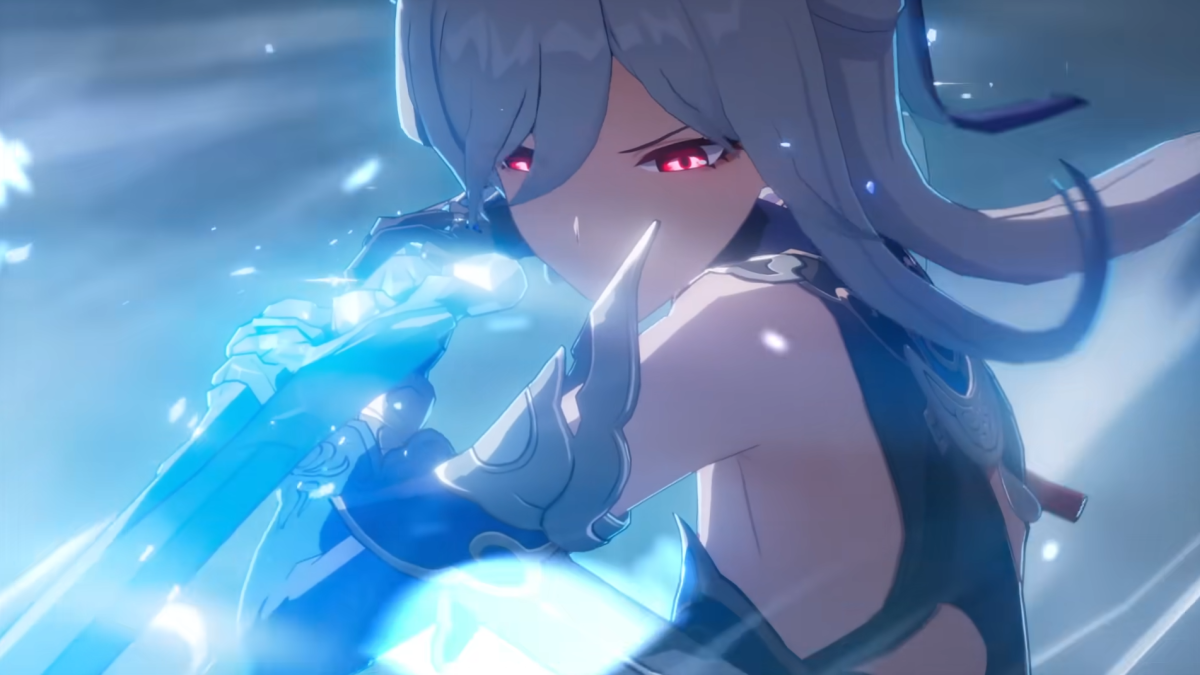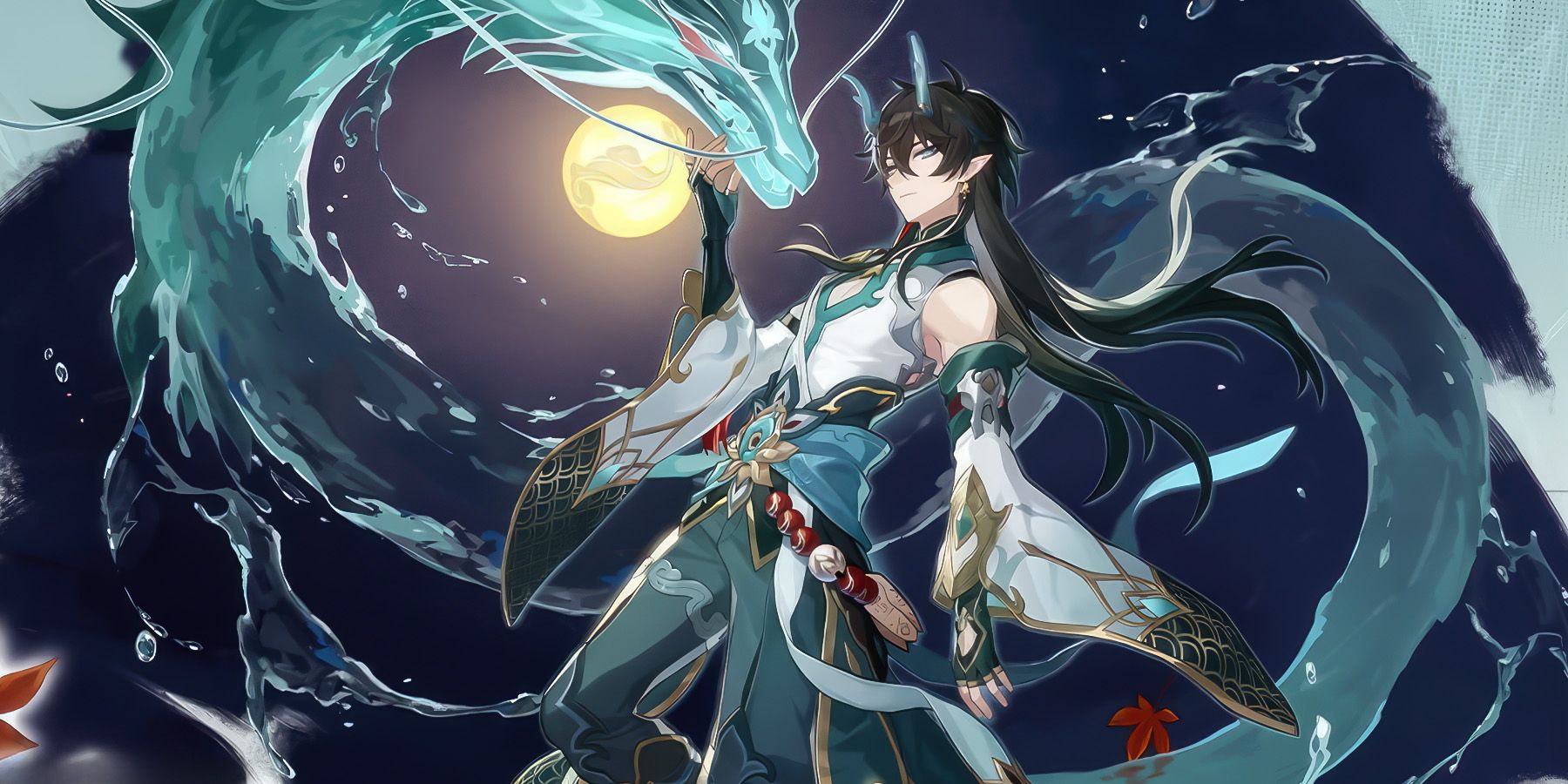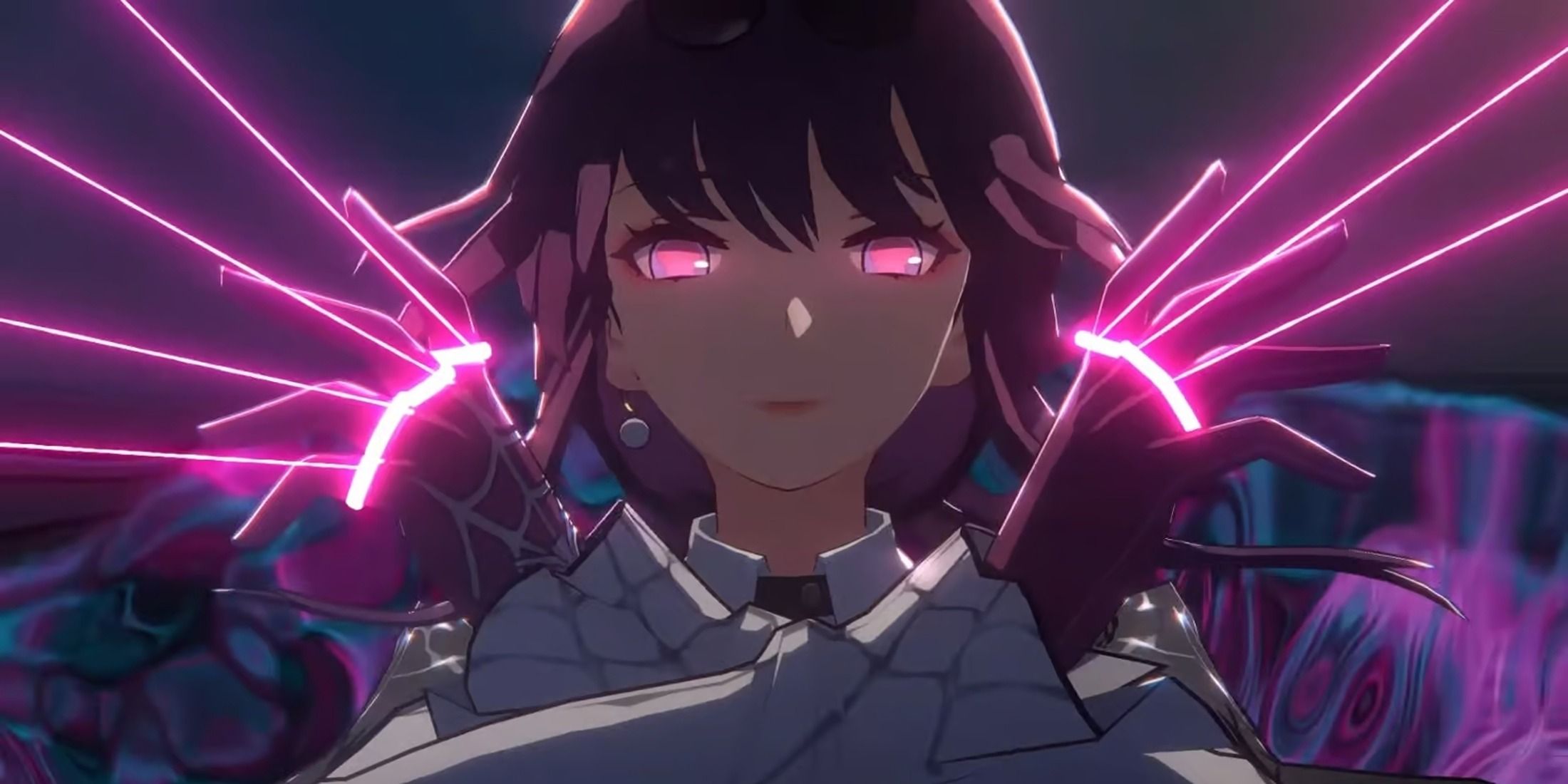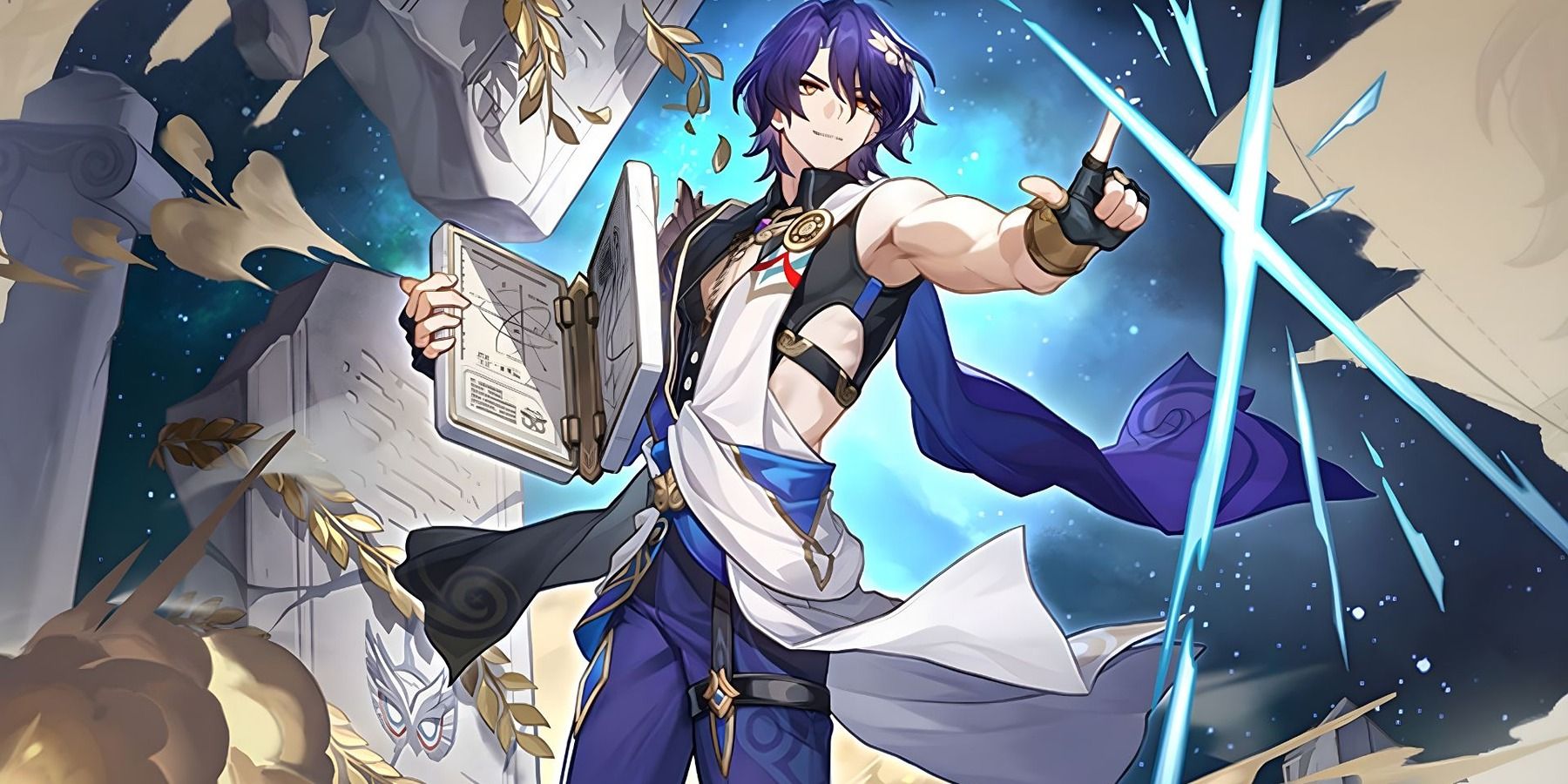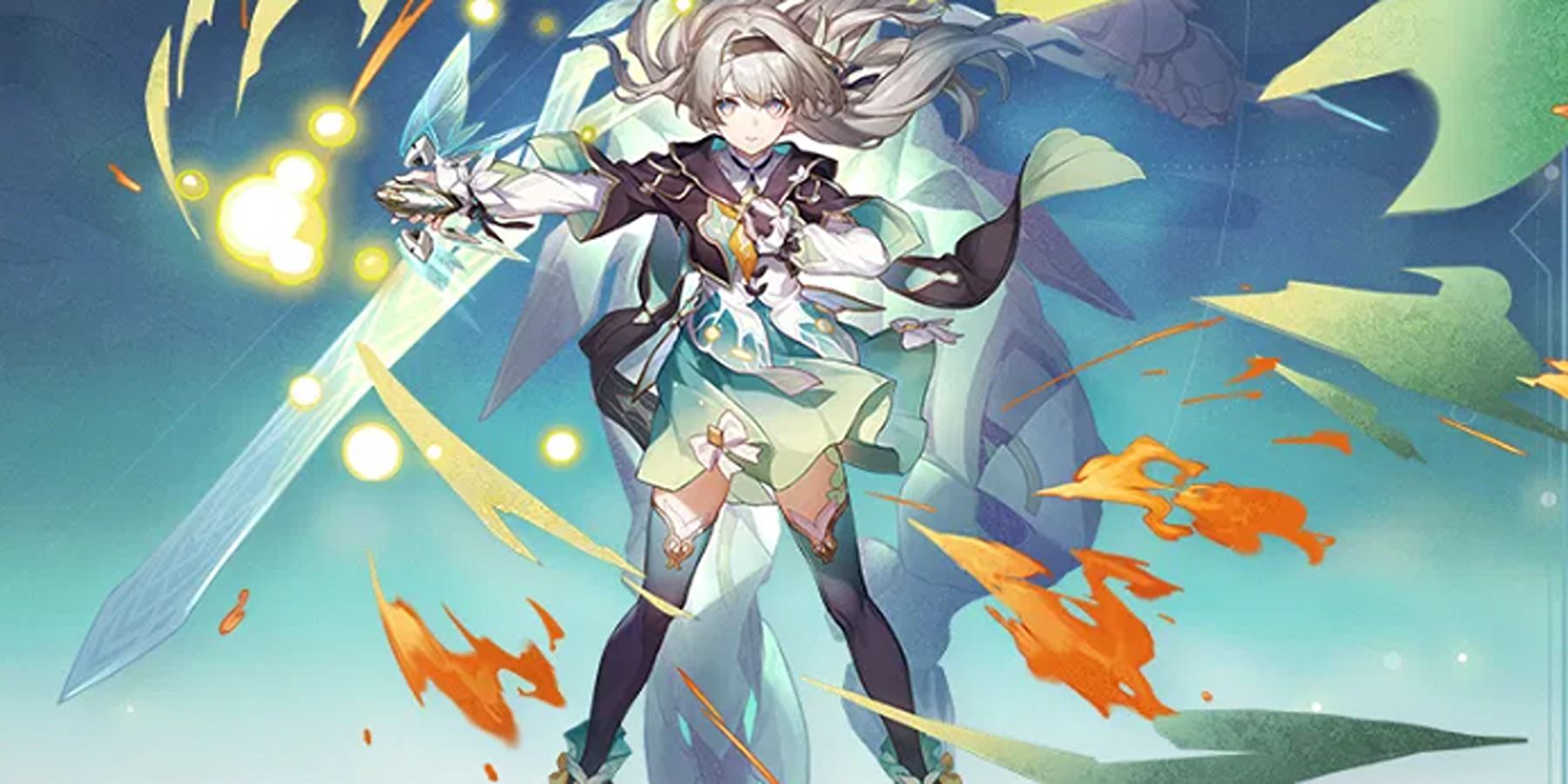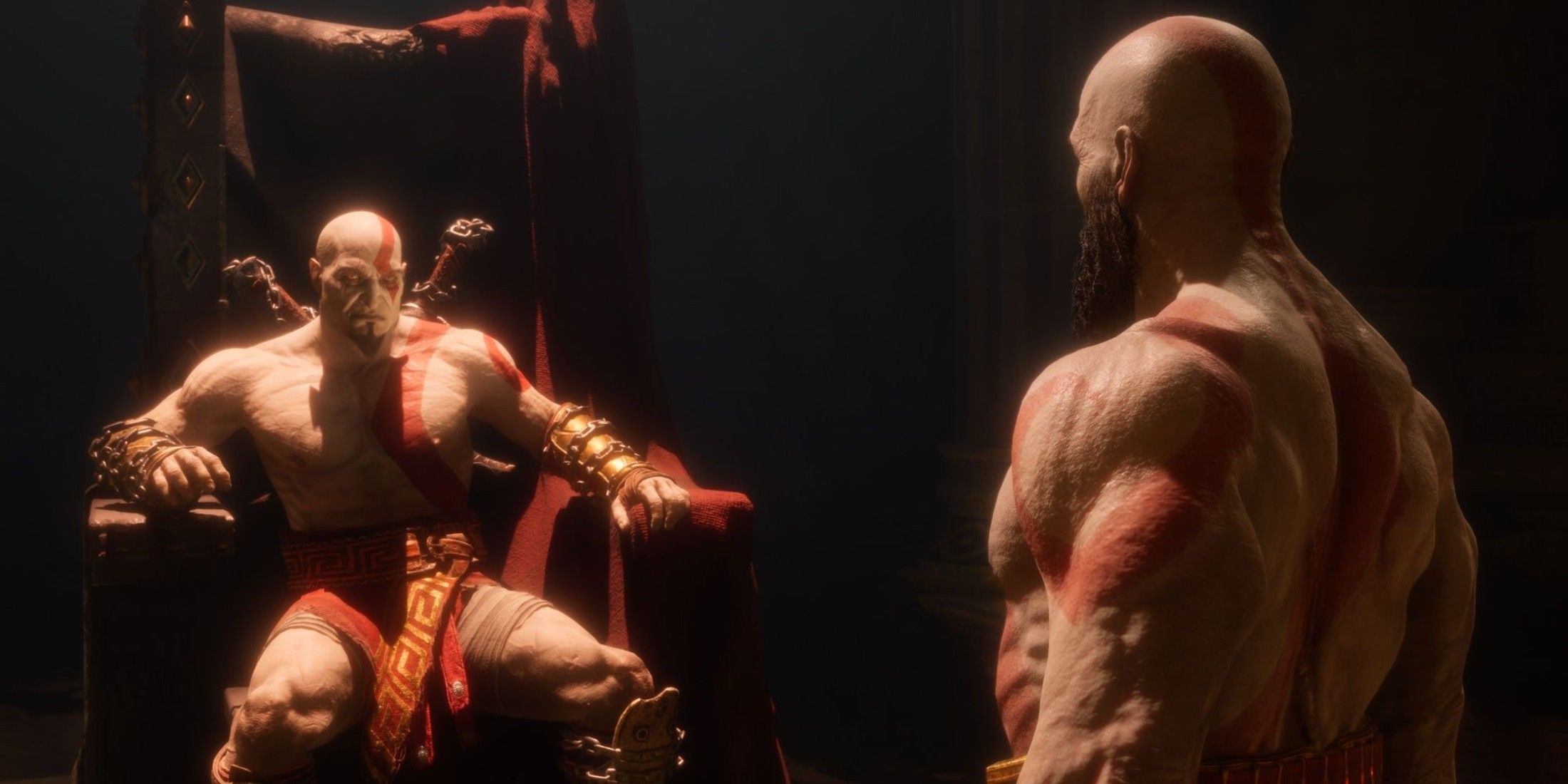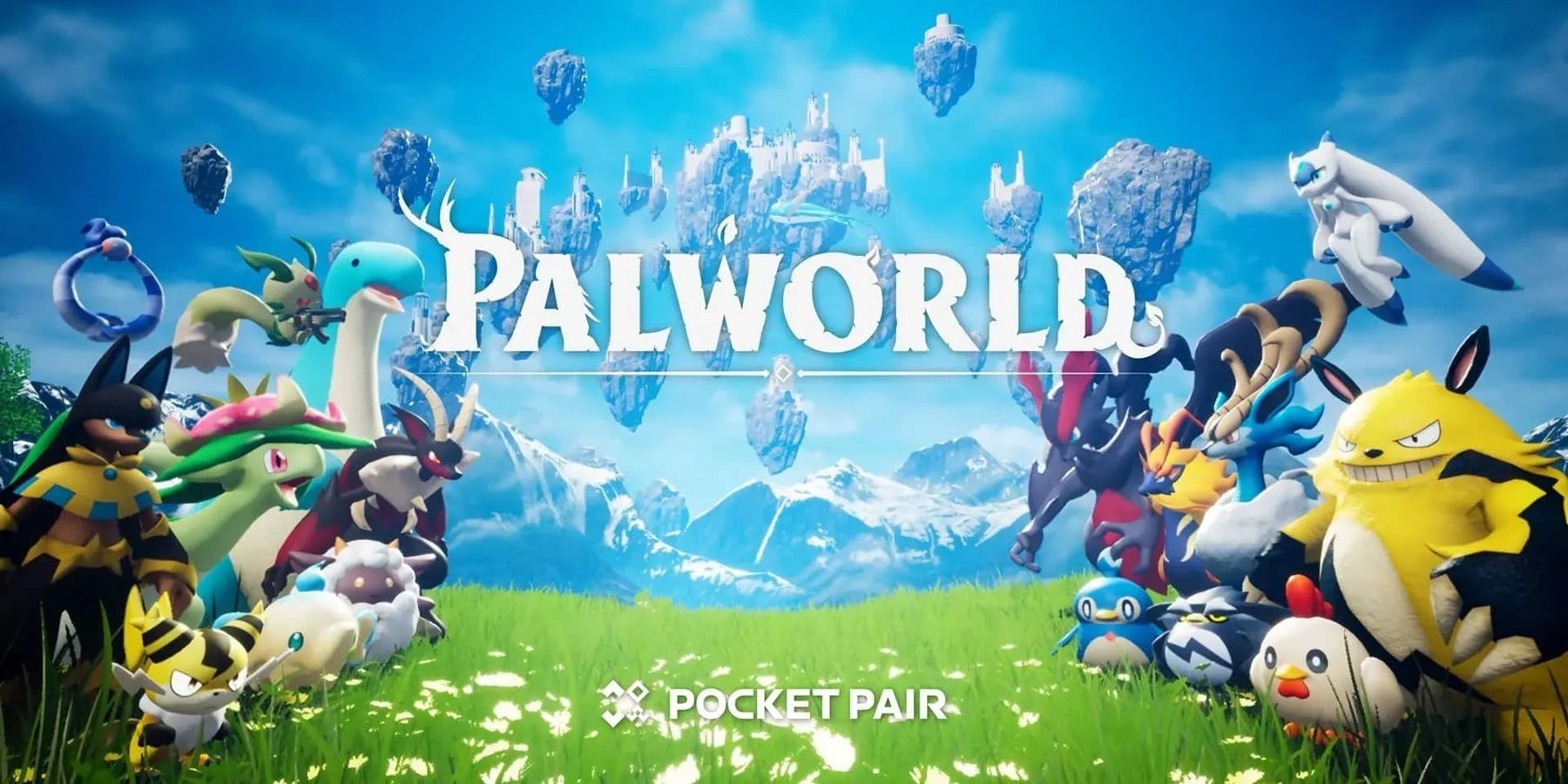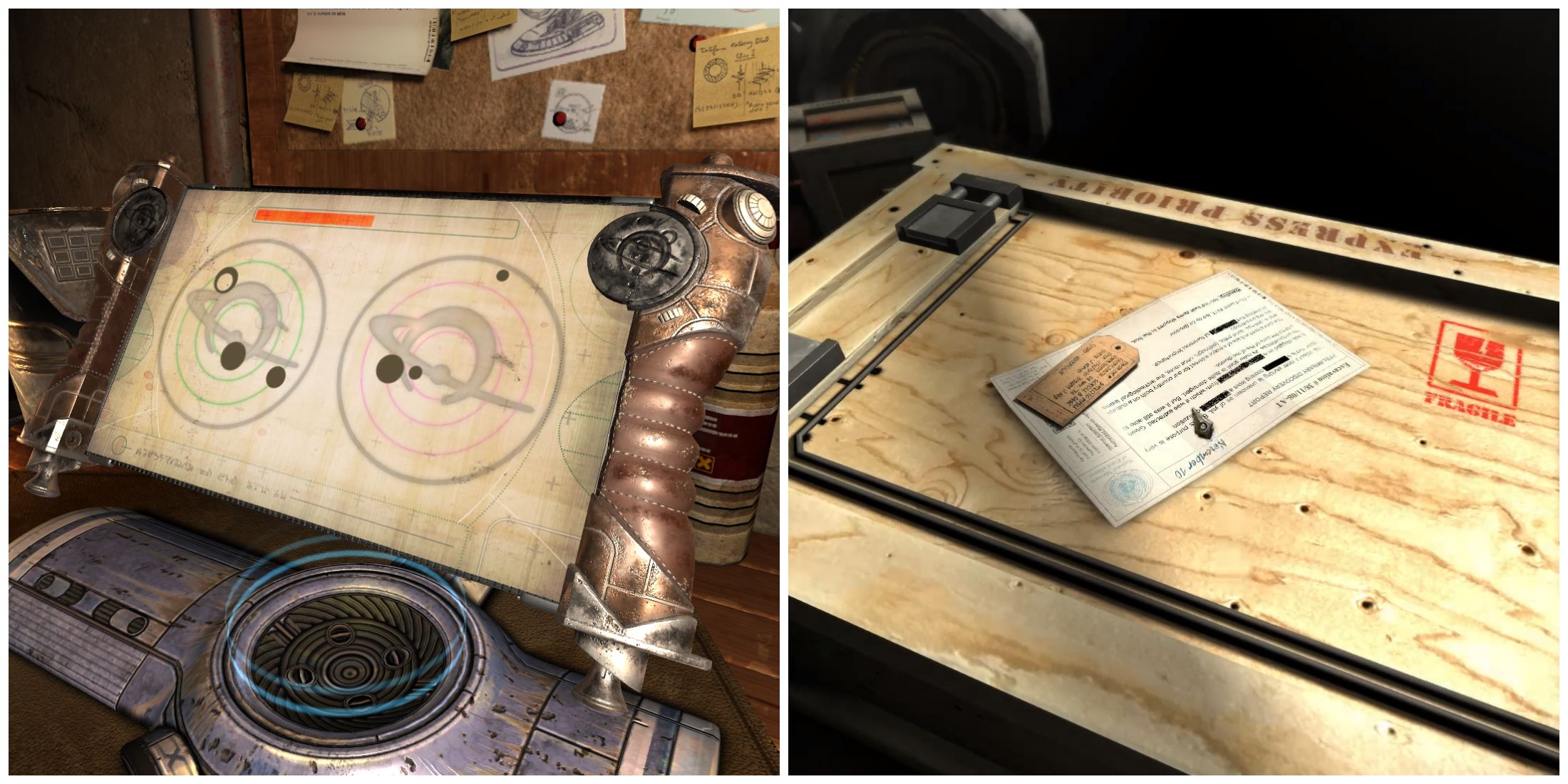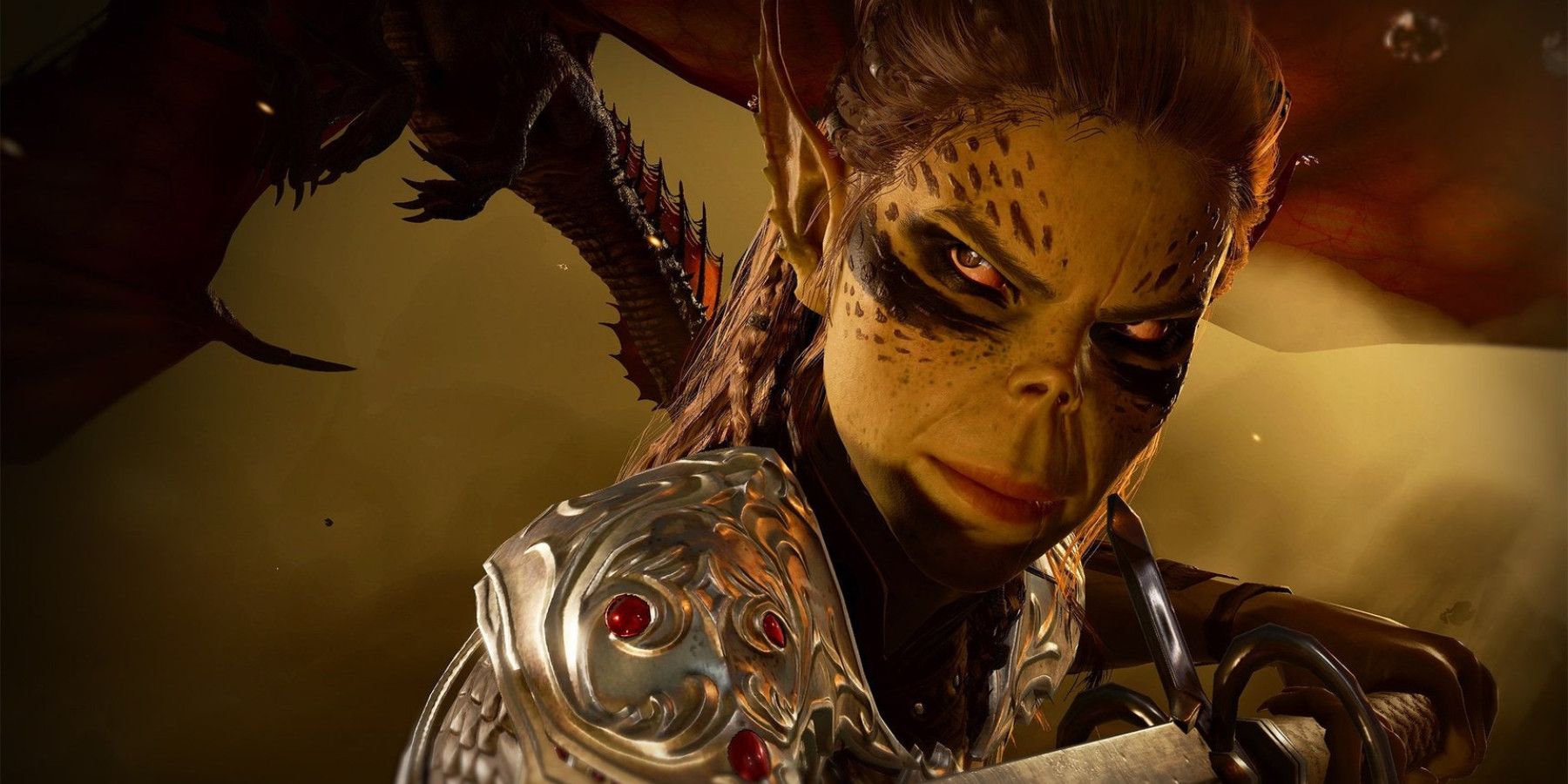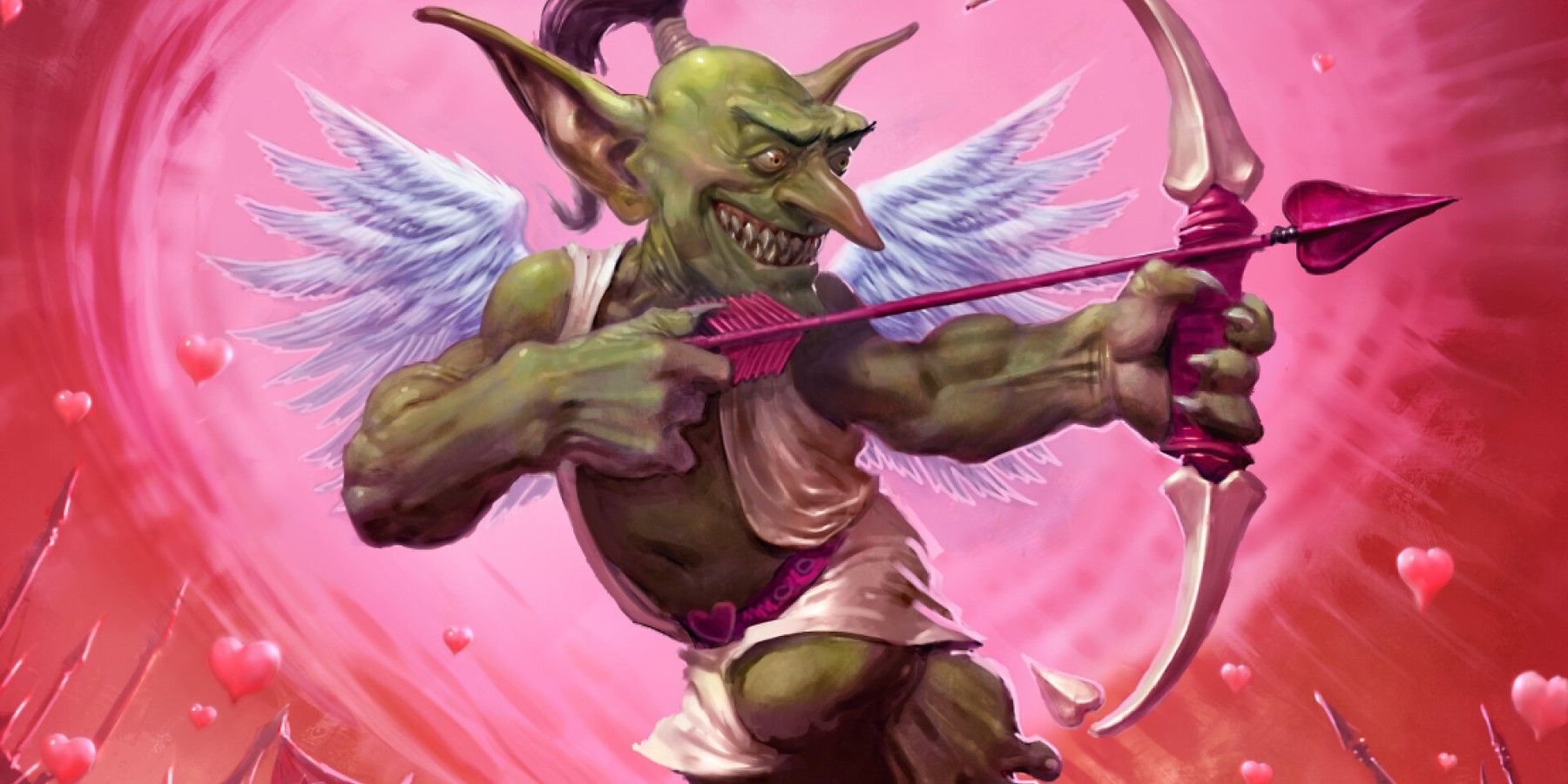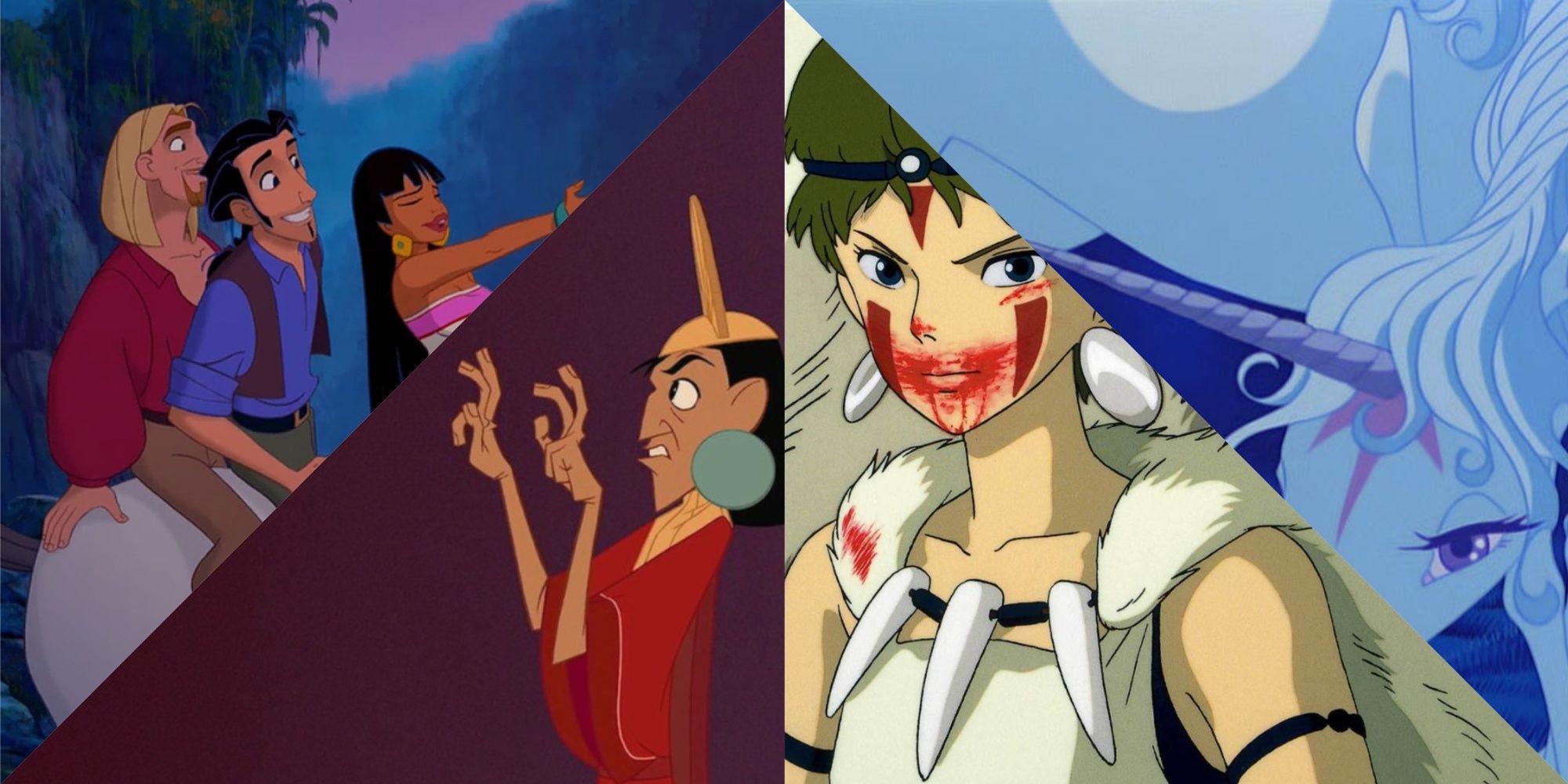Whether it be a variation of another character’s kit, an improvement over it, their element, or a completely different playstyle, all of these aspects of a character’s kit must be carefully considered when releasing new characters in a Gacha game. Not to mention, Gacha games usually have an absurd number of playable characters which might make the game slightly intimidating for new players to really get into. Honkai: Star Rail is no different from other Gacha games on this topic, amassing 57 playable characters as of version 2.4.
Fortunately, they’ve done a great job of differentiating characters enough to give an incentive to pull for them and also giving players the option to carefully plan out which playstyle they want to invest in.
Related
Honkai Star Rail: 8 Pieces Of Lore Players Can’t Wait To Learn More About
Characters, storylines, and new planets: here are some of the most interesting pieces of Honkai: Star Rail lore we’re desperate to learn more about.
An important aspect of the game’s combat is team building. Without a proper team that synergizes with each other, players might find it hard to tackle certain story fights, let alone fights in the endgame modes. A coherent team typically consists of a sustain unit, one or two DPS units, and one or two support units.
Each character can be categorized as being part of a certain team type which usually decides how many DPS and support units will come along. While a coherent team of any type would have no issues clearing content if invested in enough, certain team types might fit players better depending on which characters they own, and not to mention, they might actually be stronger. However, certain team types might require more limited characters that some players might not own.
5 Dual DPS
Unconventional But It Works
|
Pros |
Cons |
|---|---|
|
|
This ranking might come off as a surprise as many teams actually do have two DPS units on them, but more often than not those teams fall under the other team types. Dual DPS at its core just means a team that has two DPS units but there aren’t many DPS characters that have synergy with each other without specializing in a certain mechanic. If a team consists of 2 DOT DPS units, then that would make it a DOT team despite it still technically being a dual DPS team.
To give examples of dual DPS teams, Blade and Jingliu have synergy as Blade gains stacks for his talent ability whenever his HP is lowered, and Jingliu drains everyone’s HP when using her enhanced skill. Acheron, when paired with Silver Wolf, could also be considered a dual DPS team since Silver Wolf herself is capable of dealing a fair amount of damage when built a certain way while also providing stacks towards Acheron’s ultimate, but even this is a bit of a gray area as it could still be considered a hypercarry team with Acheron as the DPS.
The good part about dual DPS teams is that they don’t have any rules or require any specific character, which makes them great for those who want to enjoy the game casually and don’t care too much about the meta. If players find themselves liking random characters for their personality and simply want to play those characters together, they can. Of course, seeing as those teams would likely be weaker than a team with a proper focus on synergy, endgame content would be harder.
4 Hypercarry
All In On One DPS
|
Pros |
Cons |
|---|---|
|
|
Pretty much the only meta team on the game’s release. It should be noted that assuming all the team types from here on are all equally invested in, the differences between the effectiveness and the viability of these teams are tiny if they exist at all. Although certain team types are harder to get value from and might be harder to build, which is exactly the problem hypercarry teams have. The main idea of a hypercarry team is to buff up one single DPS on the team to increase their damage as much as possible. However, if the DPS isn’t built well enough, the payoff hardly seems worth it. Considering all the attention is on one DPS, it’s a major problem if they miss their CRIT as this means an entire rotation was basically wasted. Min-maxing CRIT stats might take a while, and it’s very tedious to achieve great results.
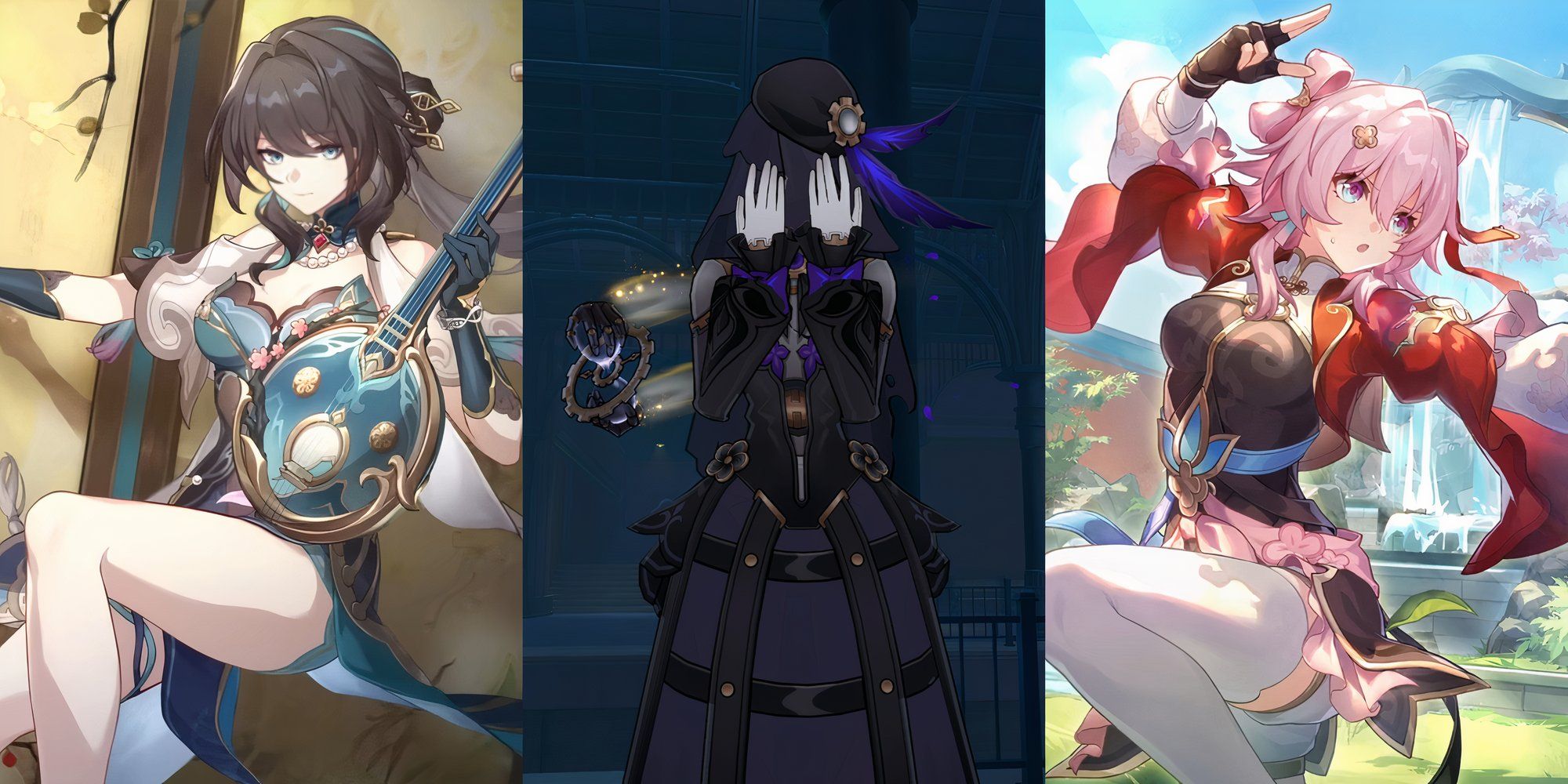
Related
Honkai: Star Rail – Best Characters For Apocalyptic Shadow
When it comes to Apocalyptic Shadow in Honkai: Star Rail, it is important to bring the right characters.
Supports are the bread and butter of hypercarry teams. Without properly built supports, the team falls apart. Each support has their own stats that need to be focused on, but what is needed from almost every support in the game is a high SPD stat. Of course, they’re the ones that will be buffing the DPS, but on the turns where this isn’t needed, they would be generating skill points for the DPS to use. Without speedy supports, players might find themselves lacking skill points and delaying certain actions in their rotations.
3 DOT (Damage Over Time)
Playing The Long Game
|
Pros |
Cons |
|---|---|
|
|
DOT teams’ greatest strength and weakness are both equally as important to consider if players are considering investing in this team type. While DOT teams are extremely reliable in almost every type of content, the main problem it has is there’s really only one team available for it if considering viability. While there are a number of DOT units in the game, Kafka is the core of every one of them. Kafka can detonate DOTs that have been applied to the enemy, ultimately making it so that players won’t have to wait for the enemy’s turn for them to take that DOT damage. Pairing her with any other DOT unit in the game can work, but it won’t offer the same level of reliability when compared to pairing her with Black Swan specifically.
The way DOTs work is the enemy can have a limited number of DOTs on them depending on the sources of those DOTs. Typically, there are only 2 DOTs each character can apply to an enemy, one from their abilities, and one from weakness breaking the enemy. While every DOT unit can stack multiple DOTs of the same source, the number of stacks applied only means the number of turns the enemy can go through to take damage from them. Black Swan’s stacks work differently as every type of DOT increases her stacks and all of them will be used up on the enemy’s turn, dealing more damage depending on the number of stacks.
Forsaking a support slot in place of a third DOT unit is an option to max out Kafka’s DOT detonations, but using Black Swan and a support is generally the better idea as Black Swan can reduce enemy defenses on top having a support to buff damage even more. The issue of good DOT supports is also something to consider as there are only 3 (arguably 2) supports that fit into this team with 2 of them being limited 5 stars, meaning at least 3 units on this team would have to be limited 5 stars in order to achieve maximum reliability. However, when all the pieces are in place, this team can help players push far into endgame content.
2 Follow-Up
Overwhelm The Enemy
|
Pros |
Cons |
|---|---|
|
|
Follow-up teams are generally quite difficult to build as they require 2 or 3 characters to be built with a decent CRIT ratio, as well as the possibility of needing to pull for a limited 5 star character as there is a noticeable lack of 4 star characters with follow-up attacks. However, that is where the negatives end. Although 4 stars DPS characters are generally out of consideration when wanting to build a follow-up team, the variety in 5 star options more than makes up for it.
While this does mean follow-up teams suffer the same problem DOT teams do in needing 2-3 5 star characters on the team, having more options offers a sense of freedom in deciding which playstyle to go for. This also means it’s possible to build more than one follow-up team to be used in different modes depending on what they’re good at. For example, the Himeko/Herta/Jade teams are among the best teams to run in pure fiction, whereas Aventurine/Dr. Ratio/Topaz would be better in Memory Of Chaos and Apocalyptic Shadow.
Every follow-up character has to meet a certain criteria to unleash their follow-up attacks, so optimizing team rotations and compositions to meet those criteria is crucial when running follow-up teams. Although the toughness reduction on follow-up attacks is lower compared to every other attack, follow-up teams are generally better at weakness breaking due to the sheer number of attacks the team will be executing. The number of attacks of course results in higher team damage, but weakness breaking the enemy also affects team damage as enemies naturally take more damage when weakness broken. While fun is subjective, follow-up teams provide extremely satisfying gameplay.
1 Break
Finish Them Off Quickly
|
Pros |
Cons |
|---|---|
|
|
The break team’s main problem is the lack of not only DPS characters that specialize in weakness breaking but also the lack of supports that can assist in weakness breaking. Sustain units usually play a lesser role in deciding a team type, but for break teams there is only one character that perfectly fits into break teams (soon to be 2 characters in version 2.5).
However, seeing as break teams are a relatively new type of team introduced, these negatives can be excused. If anything, it says more about how strong break teams are if these negatives are taken into consideration. While this team is currently the best team to run due to it being a newly introduced meta, it’s unlikely it will ever lose much of its power as it takes advantage of a core mechanic of the game.
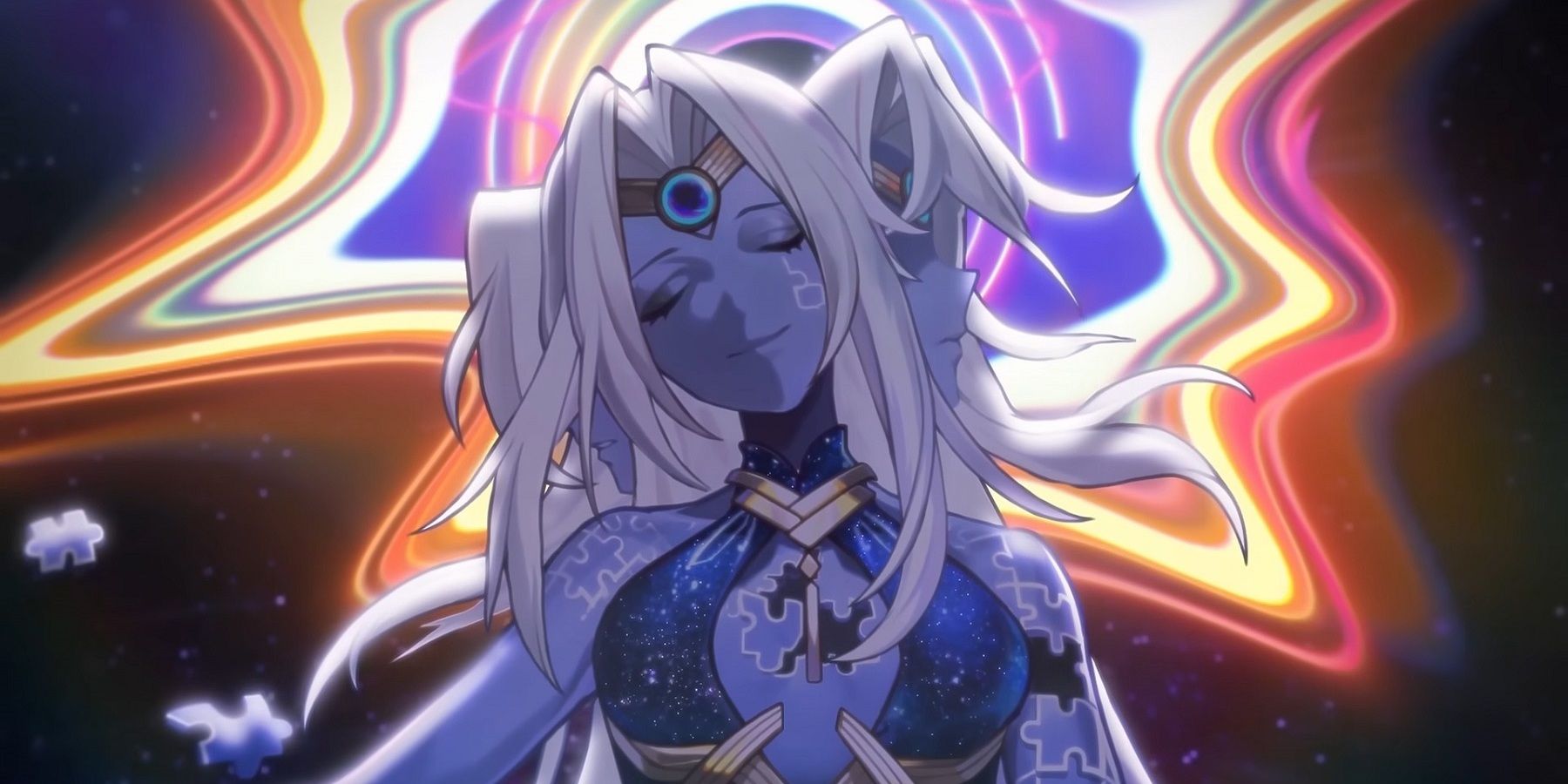
Related
Honkai Star Rail’s 18 Aeons Explained
Honkai: Star Rail’s godlike beings known as Aeons play a big role in the story, and there are still more that haven’t been introduced.
In terms of stats, focusing only on Break Effect and SPD is generally ideal. Break DPS characters do more damage to enemies when weakness breaking or when dealing damage to a weakness broken enemy. With the addition of the Super Break mechanic, the need to focus on Break Effect is further emphasized. There’s a complicated equation involved in calculating how Super Break works, but basically, more Break Effect = more damage.
Considering the supports used in a break team buffs the team’s Break Effect, this makes it easier to build characters on a break team especially due to break DPS being able to output an absurd amount of damage even with a subpar build. SPD on break teams is important to ensure the team gets enough turns to weakness break the enemies as soon as possible (with supports generating skill points as well).
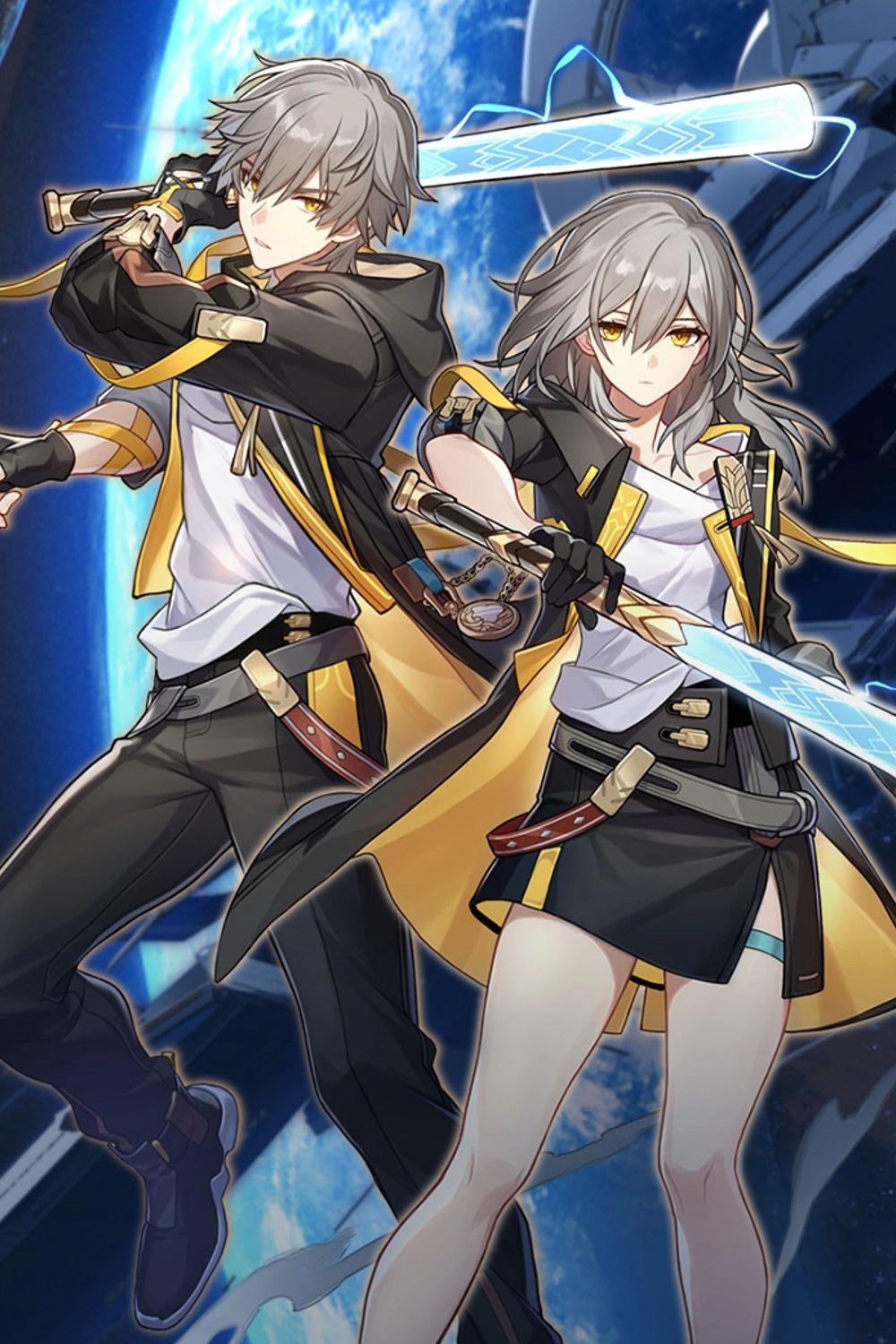
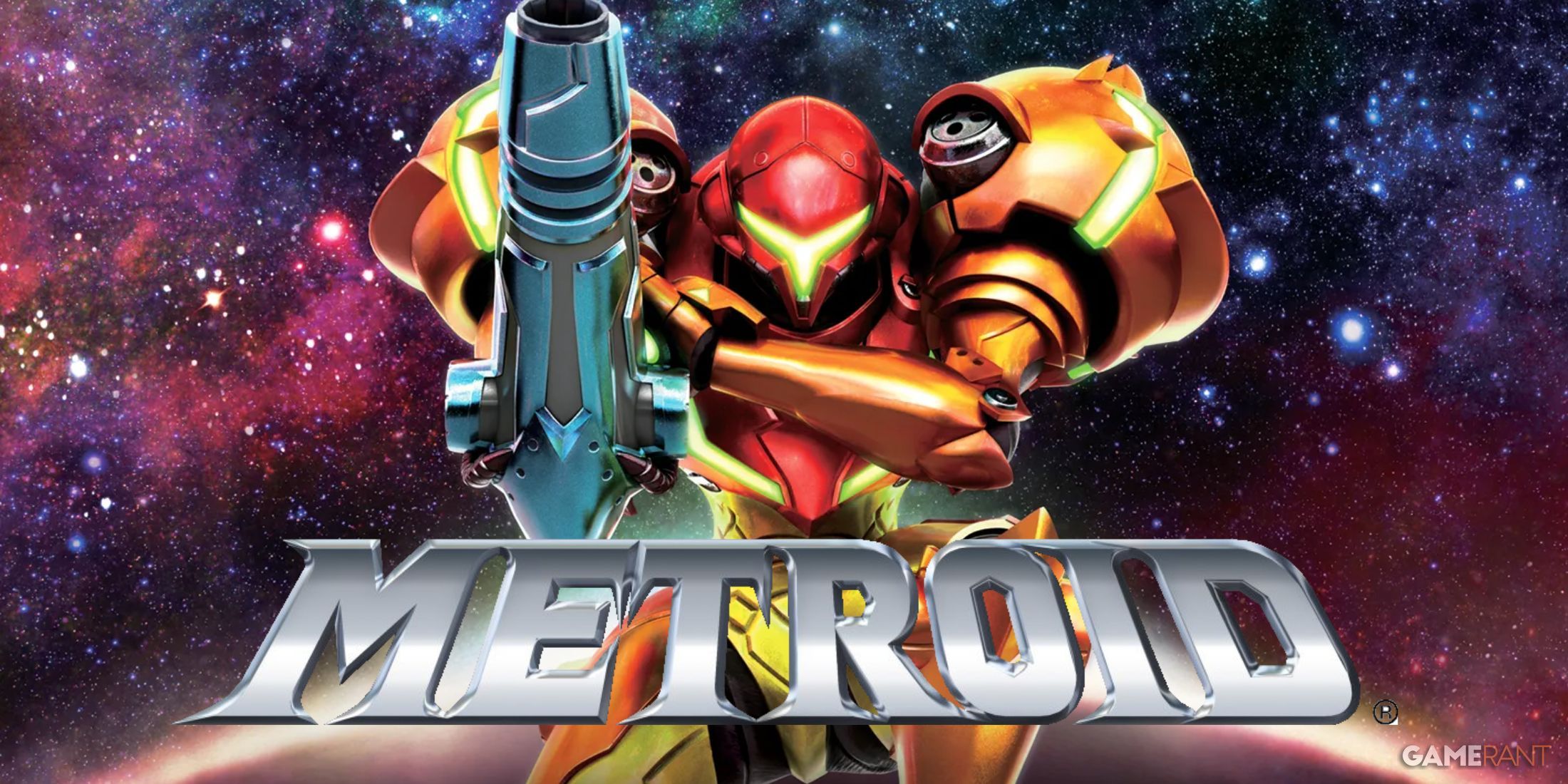
/cdn.vox-cdn.com/uploads/chorus_asset/file/25630193/apple_license.jpg)
